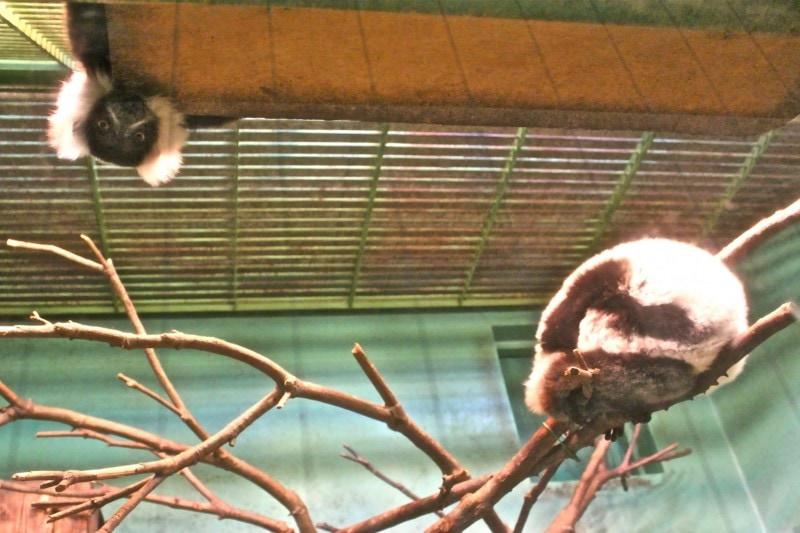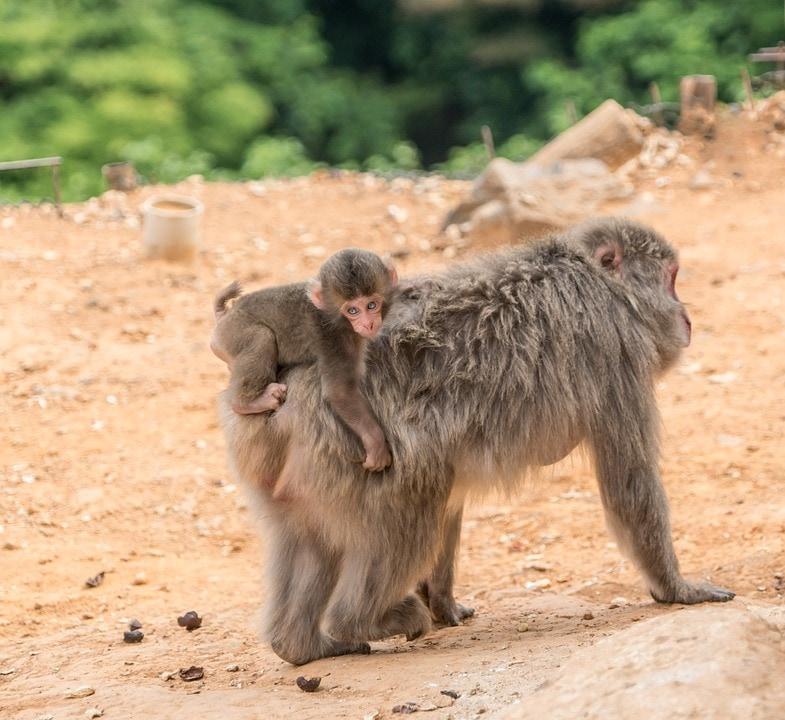GardensandparksinJapan - Zoo

Removed from Unnamed collection
Chiba Zoological Park 
The Chiba Zoological Park, first opened in April 1985, is located about halfway between Tokyo and Narita, just outside of the city of Chiba.
The zoo is divided into seven sections: the Zoological Hall, the Small Animal Zone, the Steppe Zone, the Monkey Zone, the Avian and Aquatic Zone, the Ancestors of Domestic Animals Zone, and the Children’s Zoo. The Small Animal Zone houses Futa, the red panda who in 2005 became a television celebrity because of his ability to stand on his hind legs. His son, Kuta, now has the same ability, so you have twice the chance to see the spectacle when you stop by! The park map has pictures of the animals (at their locations), so there is no need to worry if you cannot get ahold of an English map.
If you can, it is extra special to visit the zoo between mid-March and mid-April, when the many cherry blossom trees onsite are in full bloom! https://en.japantravel.com/places/chiba/chiba-zoological-park/16
Map

Removed from Unnamed collection
Takasakiyama Monkey Park 
Takasakiyama Monkey Park (高崎山自然動物園, Takasakiyama Shizen Dōbutsuen) is a popular monkey reserve at the base of Mount Takasaki, a 628 meter high mountain along the coast between Beppu and Oita City. The mountain is home to some 1500 wild Japanese macaques that roam freely around its steep, forested slopes. Park visitors can get close to the monkeys as they are fed, and watch them as they run around, play or just sit in the sun and groom each other.
Mount Takasaki's monkeys are divided into two separate troops of approximately 700 to 800 individuals each, making them some of the world's largest monkey troops. The troops take turns coming down to the monkey park, one in the morning and one in the afternoon. During their stay at the park, the monkeys get fed by the wardens and spend their time playing and resting while appearing almost oblivious to the human visitors. However, although they seem tame, the monkeys should not be touched or fed, and eye contact should be avoided. https://www.japan-guide.com/e/e4703.html
Map

